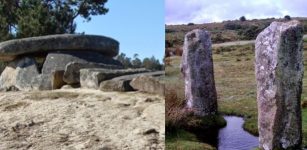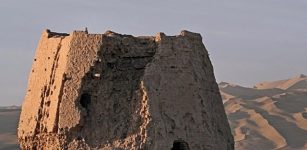Stunning Underwater Photos Reveal Secrets Of Legendary Lost City Of Heracleion
MessageToEagle.com – In ancient times, the city of Thonis-Heracleion, known in modern tiles as the lost kingdom of Cleopatra served as a gateway to Egypt. Today, this mysterious legendary city is submerged in Egypt’s Aboukir Bay, near Alexandria.
Why the city sank remains a mystery, but it was swallowed by the Mediterranean Sea and has been buried in sand and mud for more than 1,200 years.
New amazing underwater discoveries allow archeologists to piece together clues and to create an image of what life was like in the ancient city.
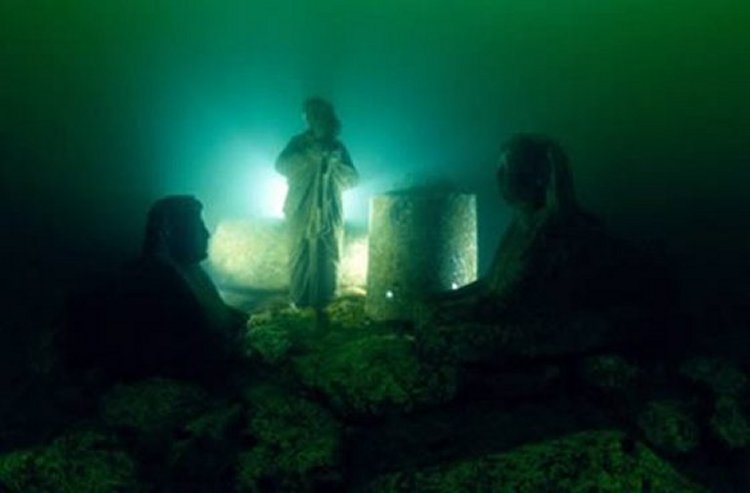
© Franck Goddio/Hilti Foundation, photo: Christoph Gerigk
Known as Heracleion to the ancient Greeks and Thonis to the ancient Egyptians the city was rediscovered in 2000 by French underwater archaeologist Dr. Franck Goddio and a team from the European Institute for Underwater Acheology (IEASM) after a four-year geophysical survey.
“Prior to its discovery in 2000 by the IEASM, no trace of Thonis-Heracleion had been found.
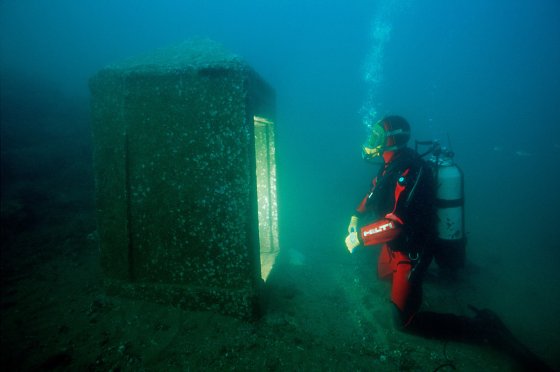
Its name was almost razed from the memory of mankind, only preserved in ancient classic texts and rare inscriptions found on land by archaeologists.
The Greek historian Herodotus (5th century BC) tells us of a great temple that was built where the famous hero Herakles first set foot on to Egypt.
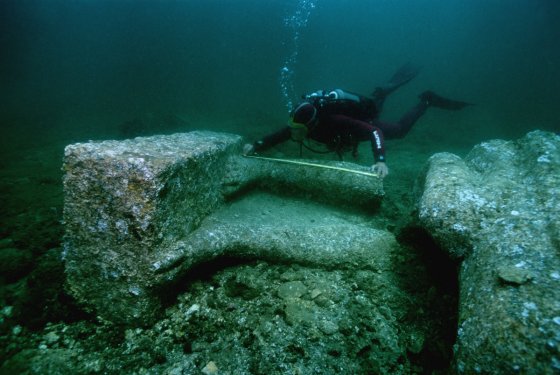
He also reports of Helen’s visit to Heracleion with her lover Paris before the Trojan War. More than four centuries after Herodotus’ visit to Egypt, the geographer Strabo observed that the city of Heracleion, which possessed the temple of Herakles, is located straight to the east of Canopus at the mouth of the Canopic branch of the River Nile,” Dr. Frank Goddio writes on his website.
As we have previously seen in our article Lost Kingdom Of Cleopatra – An Amazing Egyptian Underwater City scientists believe that the entire city was completely submerged, along with all the artifacts, statues, columns and other beauties of the palace of Cleopatra.
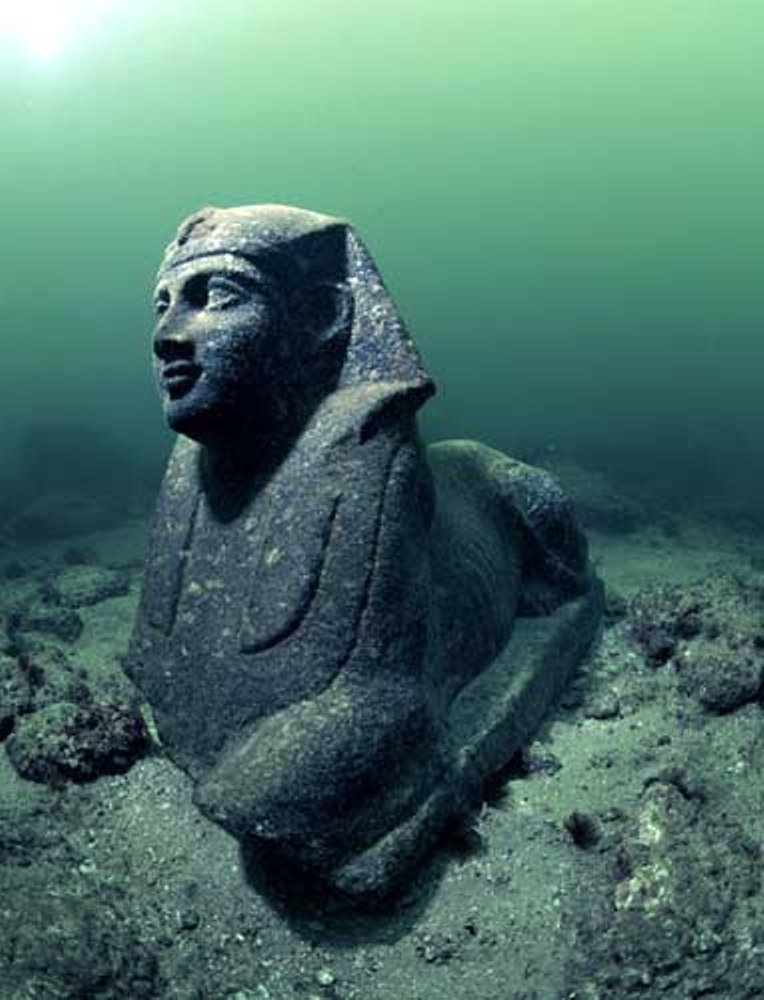
© Franck Goddio/Hilti Foundation, photo: Christoph Gerigk
Several of the submerged artifacts remained largely intact. Amongst the discoveries were the foundations of the palace, shipwrecks, red granite columns, and statues of the goddess Isis and a sphinx.
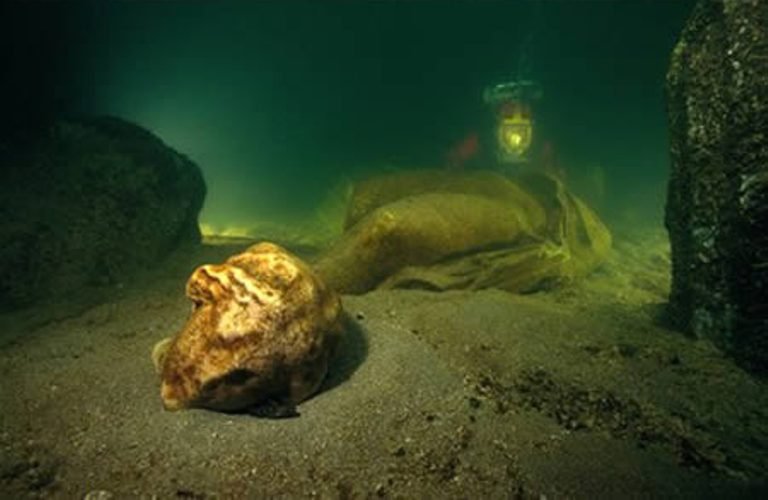
© Franck Goddio/Hilti Foundation, photo: Christoph Gerigk
Among the massive limestone blocks toppled in the fourth century was a huge quartzite block with an engraving of a pharaoh. An inscription indicates it depicts Seti I, father of Ramses II.
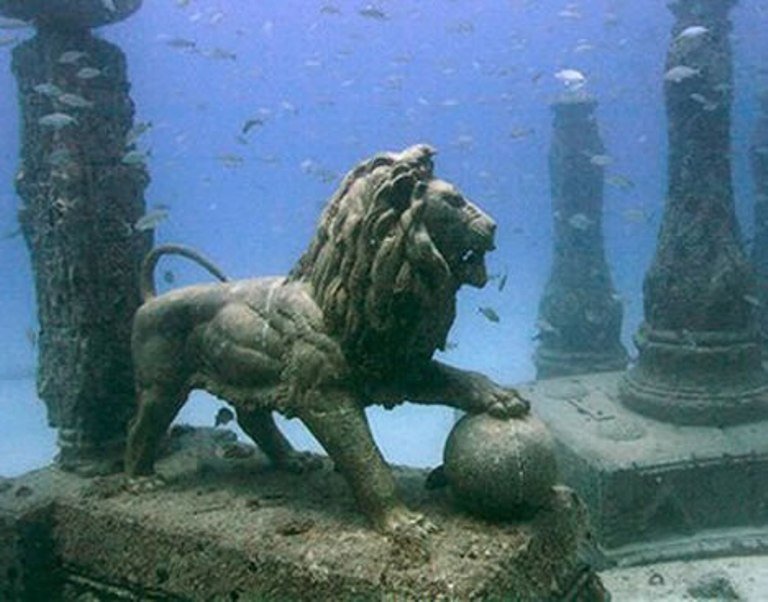
Divers also discovered a colossal stone head believed to be of Caesarion, son of Cleopatra and previous lover Julius Caesar, and two sphinxes, one of them probably representing Cleopatra’s father, Ptolemy XII.
Researchers believe that the city was a central area used as a customs hub where trade coming from Greece and other places in the Mediterranean entered Egypt.
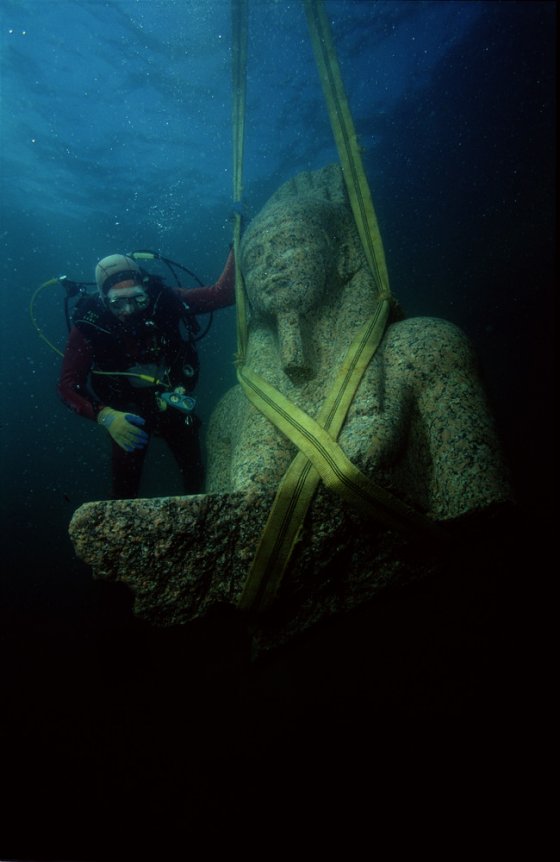
“The site has amazing preservation. We are now starting to look at some of the more interesting areas within it to try to understand life there,” said Dr. Damian Robinson, who is working on the site and is director of the Oxford Center for Maritime Archaeology at the University of Oxford.
“We are getting a rich picture of things like the trade that was going on there and the nature of the maritime economy in the Egyptian late period. There were things that were coming in from Greece and the Phoenicians.”
“It is a major city we are excavating,” Robinson said.
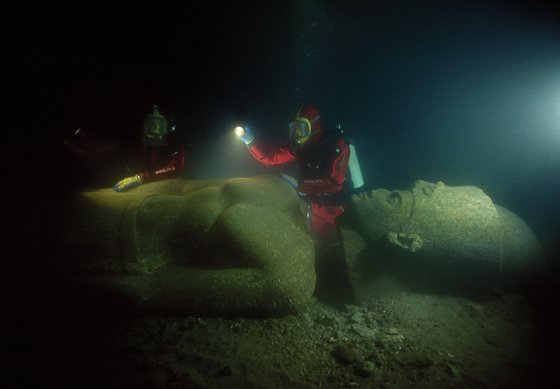
Everyone who finds underwater archeology a fascinating subject can now look forward to Dr. Giddo’s new documentary that will highlight the major discoveries that have been unearthed at Thonis-Heracleion during a 13-year excavation.
“By lying untouched and protected by sand on the seafloor for centuries they are brilliantly preserved.” Among the finds is the largest known statue of the Egyptian god of the Nile flood (Hapi) and one of the largest known concentrations of ancient ships. Additionally, there are well preserved shrines from the heart of the temple area, votive items and jewelry, coins and finely carved official inscriptions on stone documenting life in the city and exchange with other cultures.
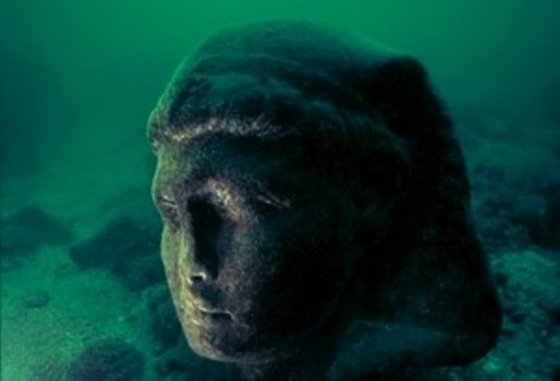
© Franck Goddio/Hilti Foundation, photo: Christoph Gerigk
“The archaeological evidence is simply overwhelming,” said Professor Sir Barry Cunliffe, a University of Oxford archeologist taking part in the excavation. “By lying untouched and protected by sand on the sea floor for centuries they are brilliantly preserved.”
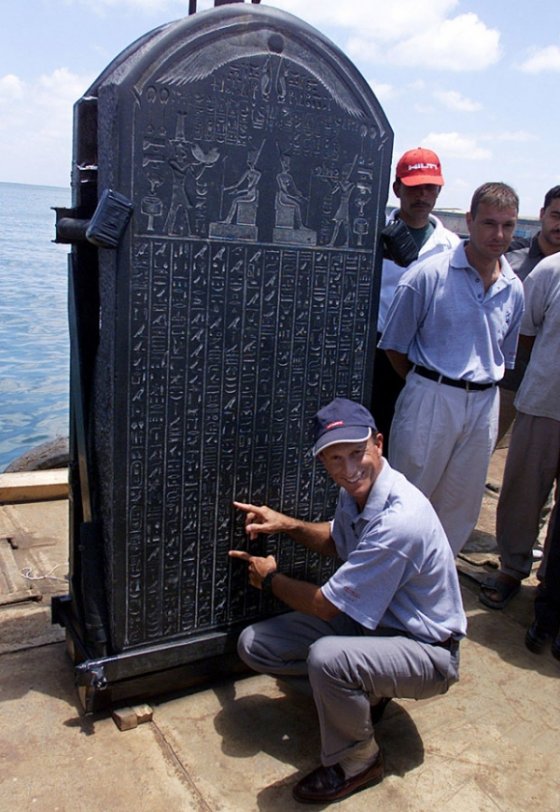
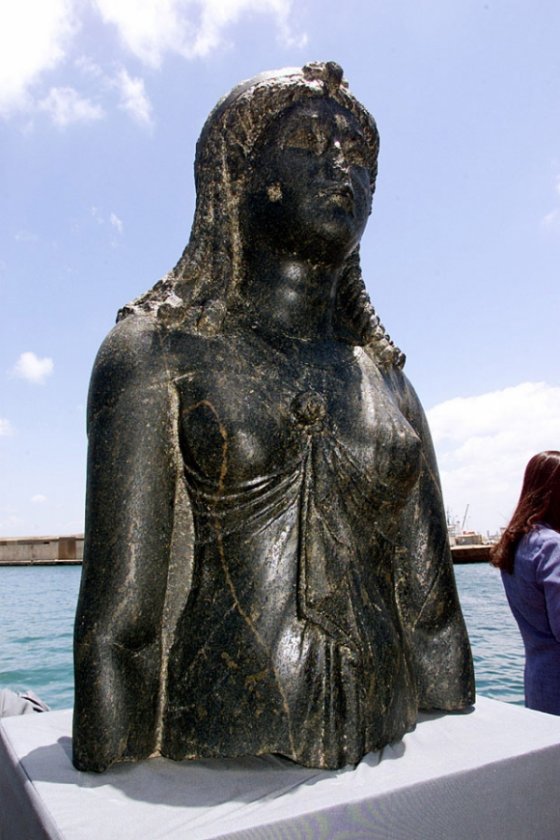
Many advanced ancient civilizations ended due to earthquakes, tsunamis or other natural disasters and we are now looking at the artifacts belonging to of them…
There are many ancient secrets at the bottom of the oceans and we can learn more about our ancestors with help of emerging technologies that provide us with an opportunity to explore the depths as never before.
© MessageToEagle.com

